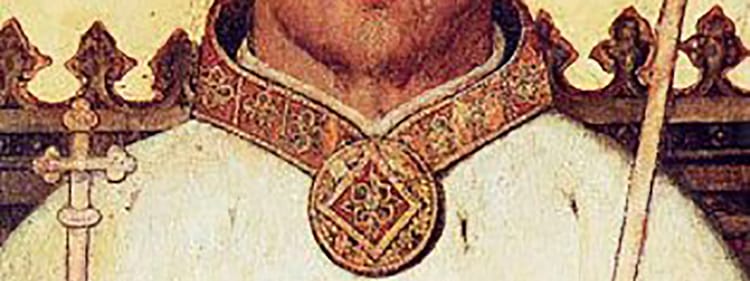H is for Hawk

To describe H is for Hawk as a memoir of the period when Helen Macdonald had to come to terms with the death of her father sells it short. It is many other things, built around the scaffolding of Macdonald's loss and recovery; it is also about nature, hawking, and T H White, and it is a very good book indeed.
If, like me, you primarily know T H White as the author of the books upon which Disney based their Arthurian movie, The Sword in the Stone, you would find H is for Hawk thoroughly worth the price of admission if the only thing you took away from it was an overview of how much more there is to White's life and work; in the wake of the death of her father, Macdonald is drawn back into hawking, and T H White's autobiographical work on the same topic, in part through the shared connection of hawking with a goshawk. This alone was, for me, worth the price of admission; Macdonald makes White's and his perhaps less-known works fascinating, while casting a critical yet sympathetic eye over his weaknesses and foibles.
The goshawk? This is where I can describe the richness of the book: the goshawk is the link to White, his writing, and the struggles in his life. But rediscovering hawking is the mechanism Macdonald tried to use to come to grips with her father's death, and struggling initially with getting to grips with her new bird, and then with the way over-identification with the animal, the hunter, distances her from her fundamental humanity and becomes an obstacle to her healing is the core of the book, but also only part of it.
Because with her goshawk Macdonald takes the opportunity to examine how she became interested in hawking in the first place, which itself spins into an examination of the role class plays in the sport, how it effects the literature that surrounds hawking, and how hawkers see everything from their fellow enthusiasts to the language of hawking, to the hawks and falcons themselves. The goshawk is significant because it is a lower-class bird in a hobby written about by the upper and middle classes; it is a disreputable brawler, and most certainly no bird for a lady. It's reputation as a brute, though, is what attracted White.
Macdonald explores, as her own sense of identity and wellbeing evolves, the natural landscape and our relationship with it, how we think about animals, through how she herself journeys both through her grief and through her relationship with her hawk: as she becomes detached, depressed, clinging to her hawk, and then as she regains her equilibrium.
This is an excellent, complex book that I found a very rewarding read. I highly recommend it.



